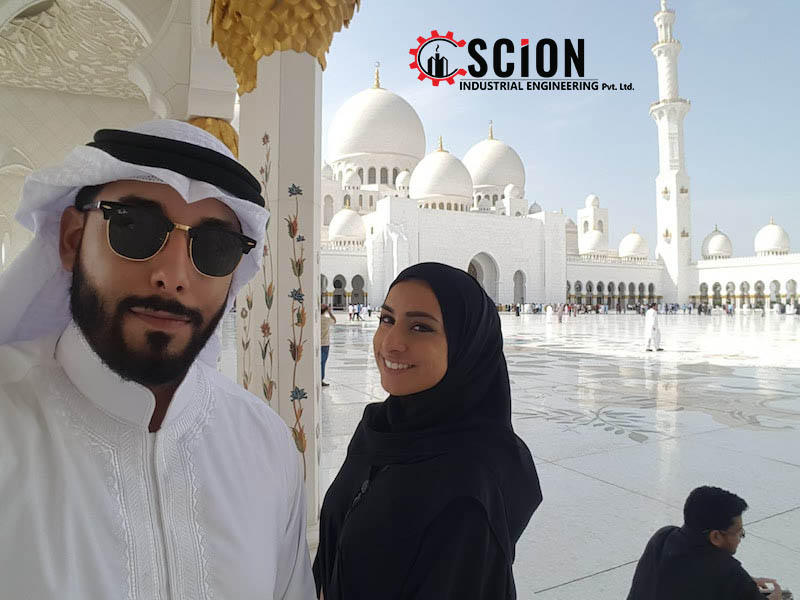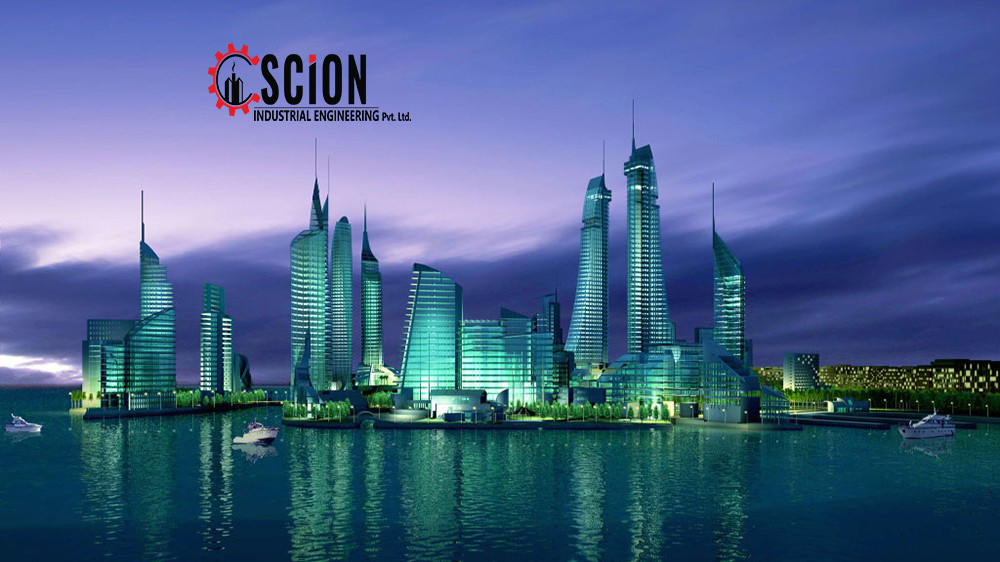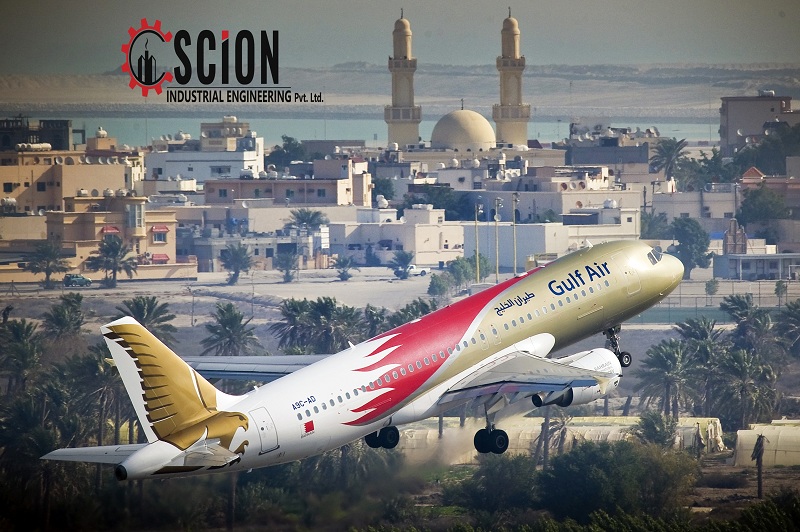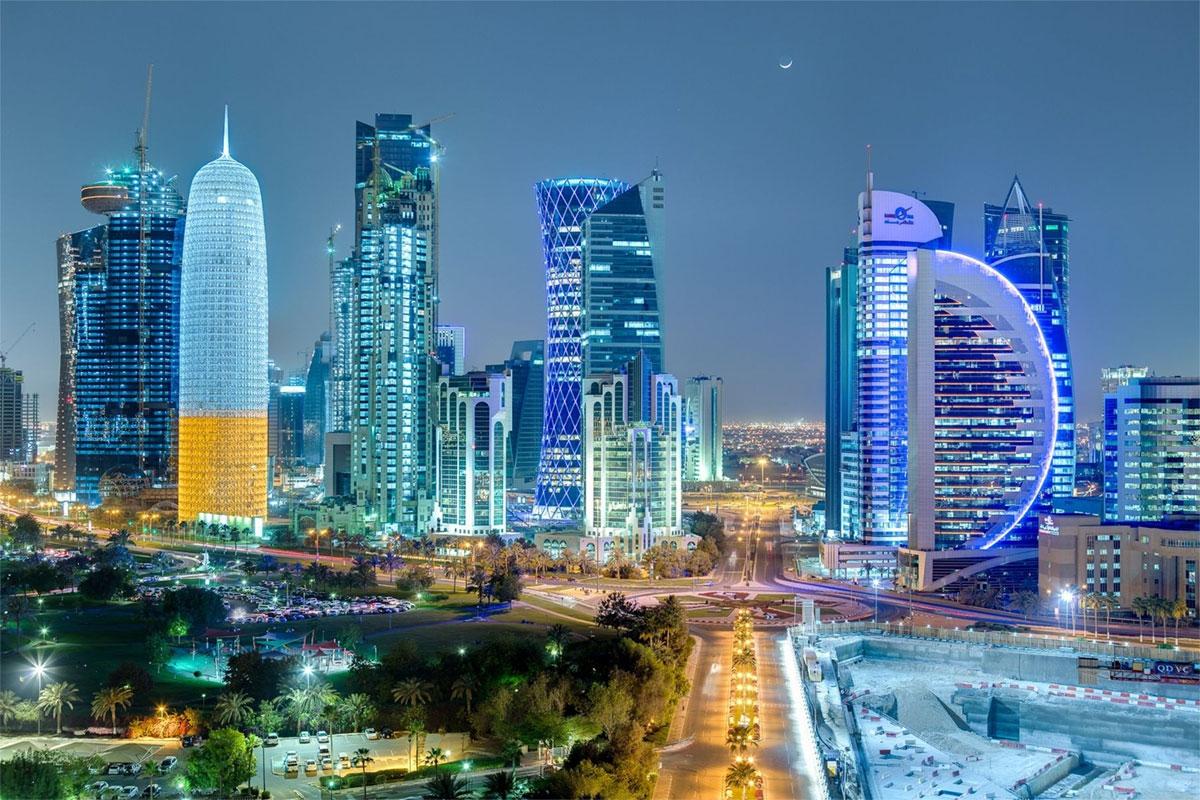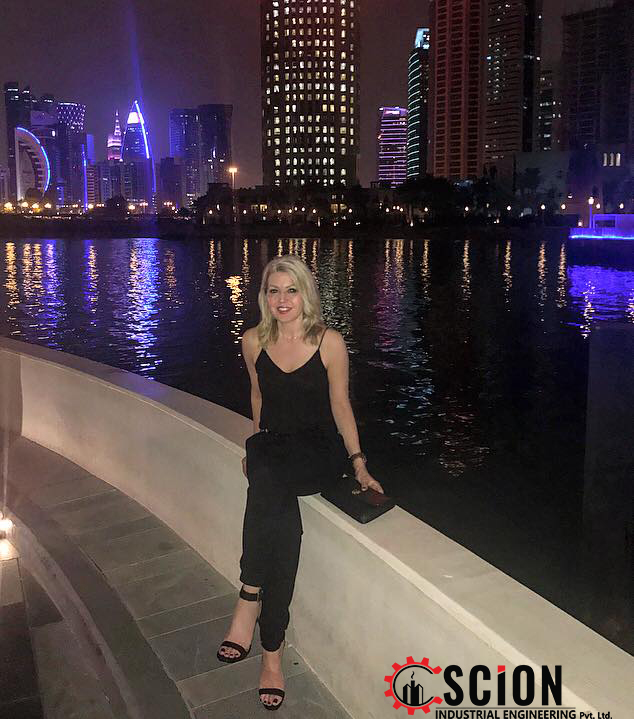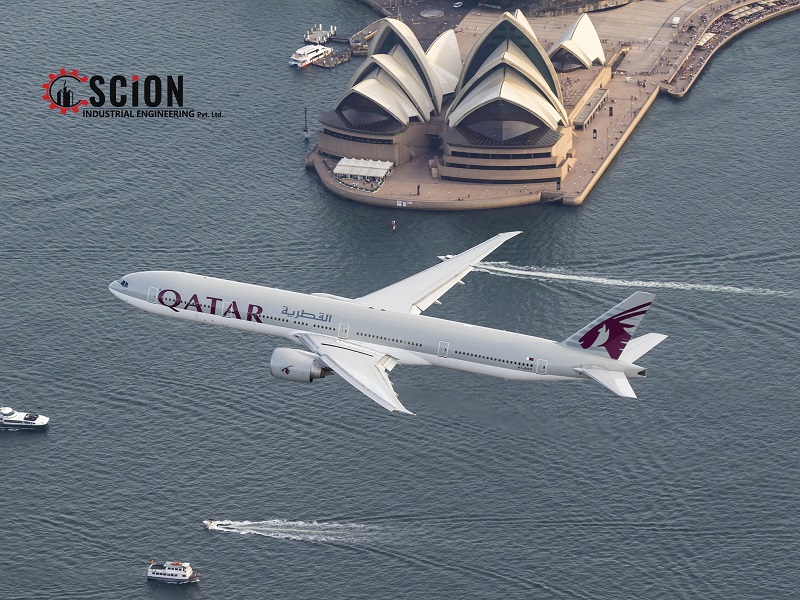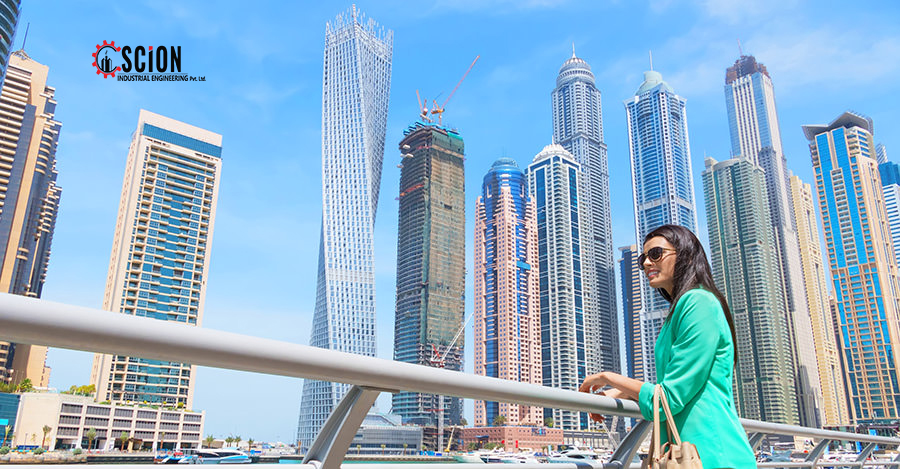By Bijan Khajehpour for Al-Monitor. Any opinions expressed are those of the author, and do not necessarily reflect the views of Iran Business News.
On April 10, Iranian authorities announced a policy of unification of exchange rates — a move that has generated confusion, especially among those economic players who relied on the country’s free currency market.
The fact is that the newly unified rate of 42,000 rials to the US dollar is not yet widely available. At best, it is only available to those importers who had access to the so-called forex chamber rate, which was previously at about 37,000 rials to the greenback.
As such, this equates to an actual devaluation of the national currency. In line with returning calm to the market, one of the most recent steps by the Central Bank of Iran (CBI) has been to expand an already existing online system referred to by its Persian acronym NIMA (Integrated System for Hard Currency Transactions). The question is whether NIMA will succeed in addressing the needs of the Iranian economy.
NIMA was originally put in place in February as a pilot project and gradually took shape during the month of March. In its initial format, NIMA was designed as a central platform to register hard currency needs of importers and other groups “outside the banking sector.”
That system was meant to induce transparency into the dealings of foreign exchange bureaus, which have been an integral part of the country’s hard currency management system alongside other financial institutions.
As a first step, on March 2, the CBI held a workshop for representatives of foreign exchange bureaus that are affiliated with mainstream banks to introduce NIMA and also prepare the grounds for their connectivity with the integrated system — a system in which merchants were supposed to register their needs for imports that were not allocated currency at the lower forex chamber rate, and currency bureaus meet those needs through transparent and online transactions.
However, this news was buried in the turmoil that the currency market experienced in March. In fact, rumors that the implementation of NIMA would make any unconventional currency transactions impossible may have partly contributed to the rush of many groups to secure hard currency holdings for their future needs.
In the aftermath of the recent currency crisis and the introduction of a unified exchange rate, the government suddenly announced the introduction of NIMA as the single platform to streamline “all hard currency transactions” by establishing the exact volumes of supply and demand for merchants (importers and exporters), corporations and even individuals who may need hard currency for travel and studies, and so forth. In other words, an online system that initially had been designed to provide a platform for marginal hard currency transactions has been elevated to be the main portal for all such transactions.
In brief, NIMA is in place to streamline supply and demand, which should in theory help establish a realistic price for the national currency. However, the past performance of the Iranian authorities suggests that supply will be managed and demand will be filtered, and especially by the CBI. Still missing are all the needed laws and regulations to determine which demands for hard currency have the right to register with the system — and receive their hard currency. The incomplete system is proof that the CBI was forced to accelerate its original process in order to calm the market and push back against those who saw the CBI’s incompetence as a cause of the recent upheavals in the currency market.
Incidentally, CBI Gov. Valiollah Seif has admitted the shortcomings of the new system and has asked all those economic players whose needs have not been integrated into NIMA to be patient. In official communications, Seif presents NIMA as a safe platform for currency transactions and underlines that allocations would be made for exporters and importers in a timely manner.
But this is one of the problems: Exporters and importers are not the only components of a healthy currency market. As such, the system will be overwhelmed for a while, especially as long as NIMA fails to meet the needs of private sector companies and individuals. For now, many economic stakeholders remain skeptical about the availability of hard currency at the unified rate of 42,000 rials against the US dollar, and they continue to purchase foreign notes or transfers at a price of at least 55,000 rials against the greenback on the free market.
Virtually all analysts and observers know that the process of unifying exchange rates will be a difficult one, especially because a number of economic actors used the previous two-tiered foreign exchange system to engage in corrupt dealings. Therefore, the introduction of NIMA is not just based on the country’s economic needs and its international obligations to fight money laundering, but also reflects a desire to undermine corrupt practices that have empowered institutions ingrained in the so-called deep state in Iran.
In fact, money laundering activity in the country is estimated to have been $26 billion in the past Iranian year. One can imagine that powerful players will push back against NIMA and still carve out a space for their illegal activities. That is why at the end of the day, flawless implementation of NIMA should be the top priority.
Evidently, viewed through the political lens, NIMA gains further significance. One can argue that it has the potential to push back against some of the corrupt networks and at the same time to take speculation out of the currency market. Both these factors will help CBI and the government to induce more stability into economic affairs.
However, considering the unconventional nature of many demands for hard currency — by entities using currency as a hedging mechanism, tax-evading companies and currency speculators, for capital outflow by Iranians wishing to migrate abroad and for inflow through remittances and investments by the Iranian diaspora — there will always be a space for a black market where a different rate can be generated.
That would mean a return to a differential between the official and the unofficial rates and a new platform for corrupt practices. Furthermore, as long as a higher rate emerges, exporters will be hesitant to register their supply on NIMA and will look for ways to benefit from the higher parallel exchange rate.
Having experienced the rate fluctuations of the past year, Iranian officials need to acknowledge that they have had severe regulatory weaknesses in managing the financial sector. One can see this in the continued operation of unlicensed financial institutions.
Therefore, any new effort to induce stability into the market needs to be accompanied by clear administrative and supervisory structures, both to prevent new channels of corruption and also to be prepared for sudden demand hikes. In a first assessment, the push for transparency is positive, but NIMA seems ill-prepared to manage the complexities of the Iranian currency market.
That is why the CBI would be best advised to declare a phased approach to the process, allow the free market to operate within clear boundaries and gradually turn NIMA into a powerful and all-encompassing platform. If the phased approach is implemented successfully, NIMA could regulate the currency market, put an end to many rent-seeking activities and stop a number of corrupt practices that have plagued the Iranian economy.
Source:http://www.iran-bn.com/2018/05/07/iran-pushes-for-transparency-to-deal-with-currency-instability/

